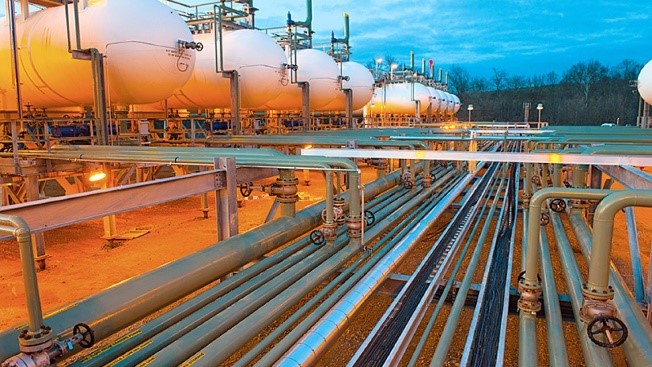Free Courses Sale ends Soon, Get It Now


Free Courses Sale ends Soon, Get It Now



Disclaimer: Copyright infringement not intended.
Context
Details
Note: By "One Nation, One Grid and One tariff", the government aims to boost the consumption of natural gas in the country and increase its share in India's energy basket from current 6.2 per cent to 15 per cent by 2030.
New Regulations
Zones apportioned
The Zonal unified tariffs will be effective from 1st April 2023.
Significance
|
PETROLEUM AND NATURAL GAS REGULATORY BOARD (PNGRB) Petroleum and Natural Gas Regulatory Board (PNGRB) is a statutory body in India, constituted under the act of Parliament of India, namely Petroleum and Natural Gas Regulatory Board Act, 2006. Its primary functions include regulation of refining, transportation, distribution, storage, marketing, supply and sale of petroleum products and natural gas. |
Read: https://www.iasgyan.in/blogs/natural-gas-reserves-india-and-the-world
Read: https://www.iasgyan.in/ig-uploads/pdf/rstv41.pdf
Read: One Nation one Gas Grid: https://www.iasgyan.in/ig-uploads/pdf/rstv41.pdf
|
PRACTICE QUESTION Q. How does the Government intends to achieve the target of “One Nation, One Grid and One Tariff”? What steps are being taken in this direction? Describe. |
© 2024 iasgyan. All right reserved